Crane Flies
Crane Flies (family Tipulidae) look like giant mosquitoes, but they are harmless. They are sluggish fliers and commonly found in moist woodlands and around water, near areas where their larvae are found. Adults are usually seen in spring and fall. There are about 1,600 species in 64 genera in North America and many look very similar. They are usually identified by experts on the differences of wing venation. The larvae of most species feed on fungi, decaying organic matter or the roots of sod grasses and cereal crops. Some have predatory larvae and many serve as a major food source for shorebirds in wetlands and, particularly, in the Arctic tundra. The larvae usually overwinter and pupate the following spring. When the female crane fly exits her pupal case she will already be full of mature eggs ready to be fertilized.
The genus Nephrotoma includes 40 species in North America and is sometimes known as tiger crane flies. The genus Tipula has over 480 species in North America and the larvae can be either terrestrial or aquatic depending on the species. The genus Gnophomyia includes 3 species north of Mexico. The larvae feed on fungal mycelia in rotting hardwood stumps and logs.
Disclaimer: The content of NatureSearch is provided by dedicated volunteer Naturalists of Fontenelle Forest who strive to provide the most accurate information available. Contributors of the images retain their copyrights. The point of contact for this page is: Loren Padelford.
-
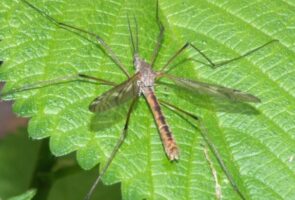 TIPULA DORSIMACULA
TIPULA DORSIMACULA
-
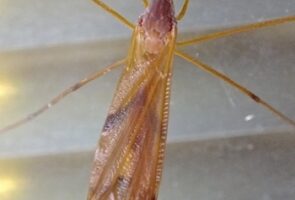 TIPULA ULTIMA
TIPULA ULTIMA
-
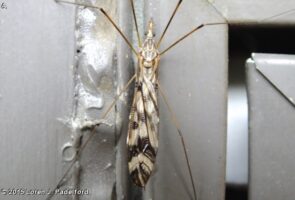 TIPULA TRIVITTATA
TIPULA TRIVITTATA
-
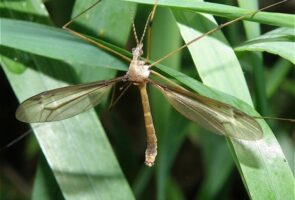 TIPULA TRICOLOR
TIPULA TRICOLOR
-
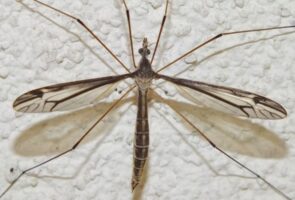 TIPULA FURCA
TIPULA FURCA
-
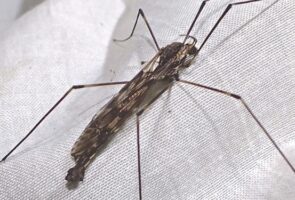 GIANT CRANE FLY
GIANT CRANE FLY
-
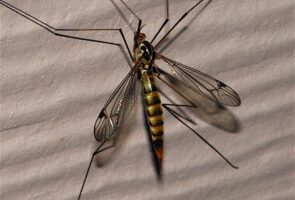 NEPHROTOMA ALTERNA
NEPHROTOMA ALTERNA
-
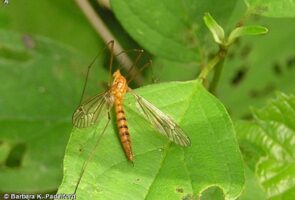 TIGER CRANE FLY
TIGER CRANE FLY
-
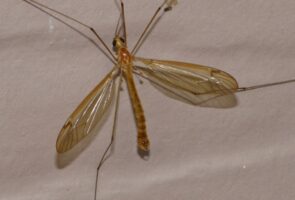 TIGER CRANE FLY
TIGER CRANE FLY
-
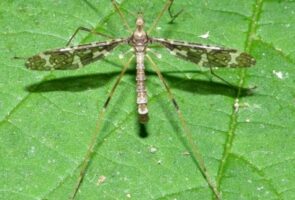 EPIPHRAGMA FASCIAPENNE
EPIPHRAGMA FASCIAPENNE
-
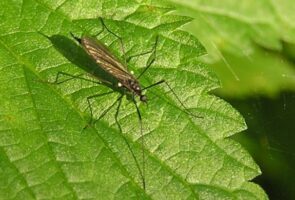 GNOPHOMYIA TRISTISSIMA
GNOPHOMYIA TRISTISSIMA
-
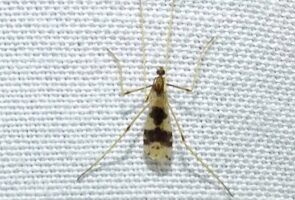 LIMONIID CRANE FLY
LIMONIID CRANE FLY
-
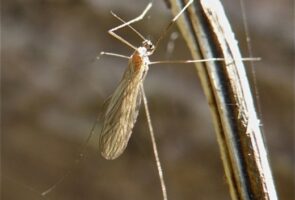 WINTER CRANE FLY
WINTER CRANE FLY
